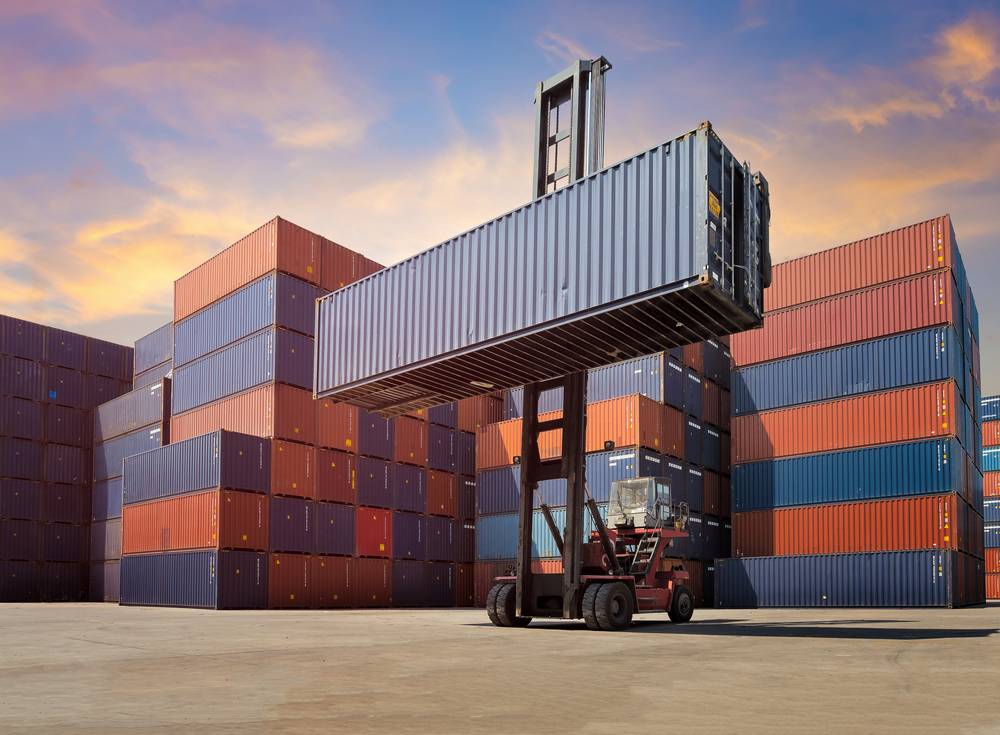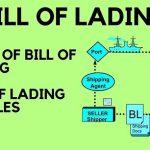The bill of lading can be classified on the basis of “how it is executed” and “Method of operation”-
On the basis of execution:
1. Straight bill of lading reveals that the goods are consigned to a specified person and it is not negotiable free from existing equities. It means any endorsee acquires no better rights than those held by the endorser. This type of bill is also known as a non-negotiable bill of lading, and from the banker’s point of view, this type of bill of lading is not safe. This type of bill is prominently used for military cargo.
2. Open bill of lading – This is a negotiable bill of lading where the name of Consignee can be changed with consignees’ signature and thus transferred. This can be transferred multiple times. Switch bill of lading is a type of open bill of lading.

3. Bearer bill of lading is a bill states that delivery shall be made to whosoever holds the bill. Such bill may be created explicitly or it is an order bill that fails to nominate the consignee whether in its original form or through an endorsement in blank. A bearer bill can be negotiated by physical delivery. They are used for bulk cargo that is turned over in small amounts.
4. Order bill of lading is the bill uses express words to make the bill negotiable. This means that delivery is to be made to the further order of the consignee using words such as “delivery to A Ltd. or to order or assigns. The cargo is only delivered to the bonafide holder of the bill of lading, and it has to be verified by an agent who issues delivery order and the verified bill of lading. The order bill of lading:
– is the most modern type bill which is widely used all over the world
– ensures the safety of delivery of cargo to a bonafide holder of B/L
– Since the ship visits several foreign ports where the language, practice, procedures may be different the master might be inconvenienced during the delivery of the cargo. People might fraudulently collect the cargo.
– To overcome this difficulty and avoid future cargo claims and litigations, the consignee or the holder is required to surrender the bill of lading to the ship’s agent at the discharge port who will verify the genuineness of the bill of lading. When satisfied the agent will issue a delivery order and the verified bill of lading. Now any person can collect the cargo from the ship by surrendering the bill of lading and the delivery note to the ship.
As the bill of lading is made to “to order” of the consignee, it is a negotiable instrument of title. This means that the ownership of the bill of lading can be transferred from one person to another by authorising signature and delivery of the bill of lading.
All goods which have not been paid in advance and are shipped under “To order” of the bill of lading can be categorised into two types:
· To Order, Blank Endorsed: not consigned to any named party but ‘To Order’ of the consignor, with the intended – consignee’s name given under ‘notify party.’ The consignor must stamp and sign (endorse) this B/L so that its title can be transferred.
· To Order, Bank: consigned to a bank with the intended consignee’s name given under ‘notify party.’ The bank endorses the B/L to the intended consignee against payment of (or a pledge to pay) the amount of the accompanying bill of exchange. ‘To Order’ B/Ls are used commonly in the letter of credit transactions and may be bought, sold, or traded, or used as security for borrowing money from banks or other lenders.
ON the basis of Method of Operation:
1. Received for shipment bill of lading–This bill is sent from agent /charterer to shipper. The endorsement of this bill ensures that the carrier has received goods but does not confirm it is onboard of the assigned vessel
2. Shipped B/L – This bill of lading is Issued when cargo is loaded on board. It binds the shipowner and the shipper directly
3. A clean bill of lading is one which states that the cargo has been loaded onboard the ship in apparent good order and condition. Such a bill of lading will not bear a clause or notation which expressively declares a defective condition of goods and/or the packaging. The opposite term is a soiled bill of lading. It reflects that the goods were received by the carrier in anything but good condition.
4. Through B/L – This bill of lading is a legal document that allows for direct delivery of cargo from point A to point B. The bill allows transportation of goods both within domestic borders and through international shipment as it serves as a receipt of the cargo, a contract of carriage, and sometimes title for the products as well
5. Combined transport B/L – This bill gives information about cargo being transported in large containers by sea and land, i.e. through multi-model transport
6. Dirty bill of lading: If the shipowner raises an objection about “the condition of the cargo is in good order”, he/she can include a clause thereby causing the bill of lading to be “claused or dirty” along with the remarks as per the finding of the cargo condition. E.g. torn packing, broken cargo, shortage in the quantity of the goods etc.


